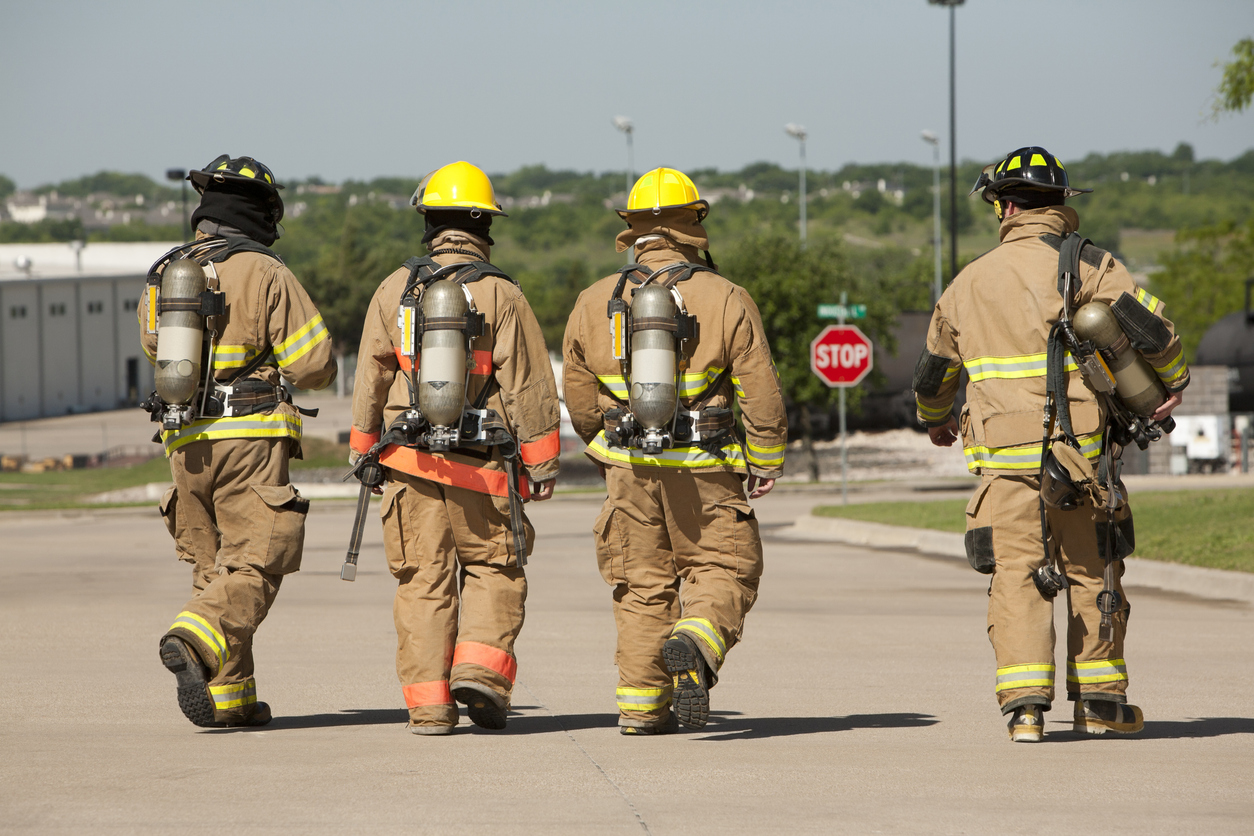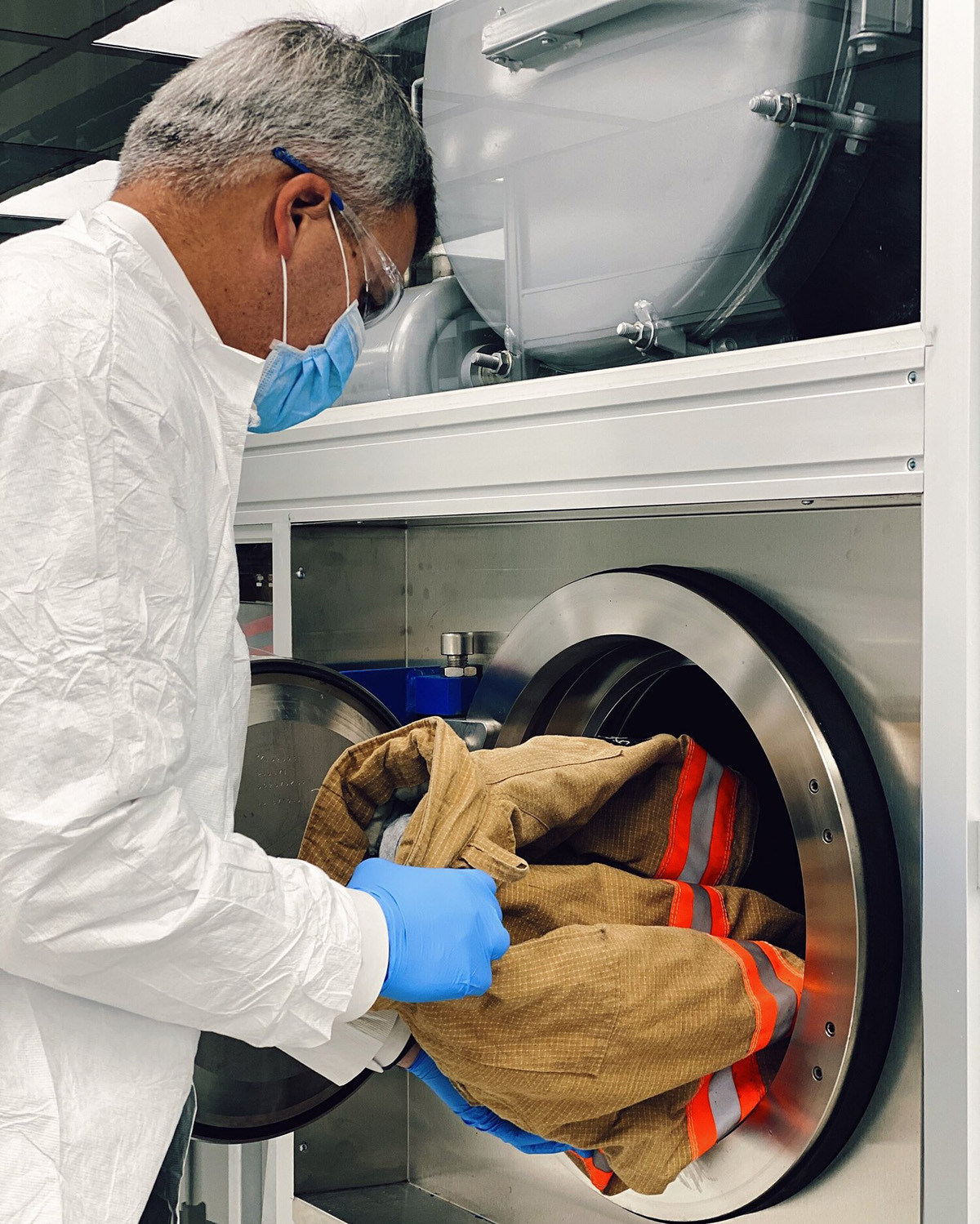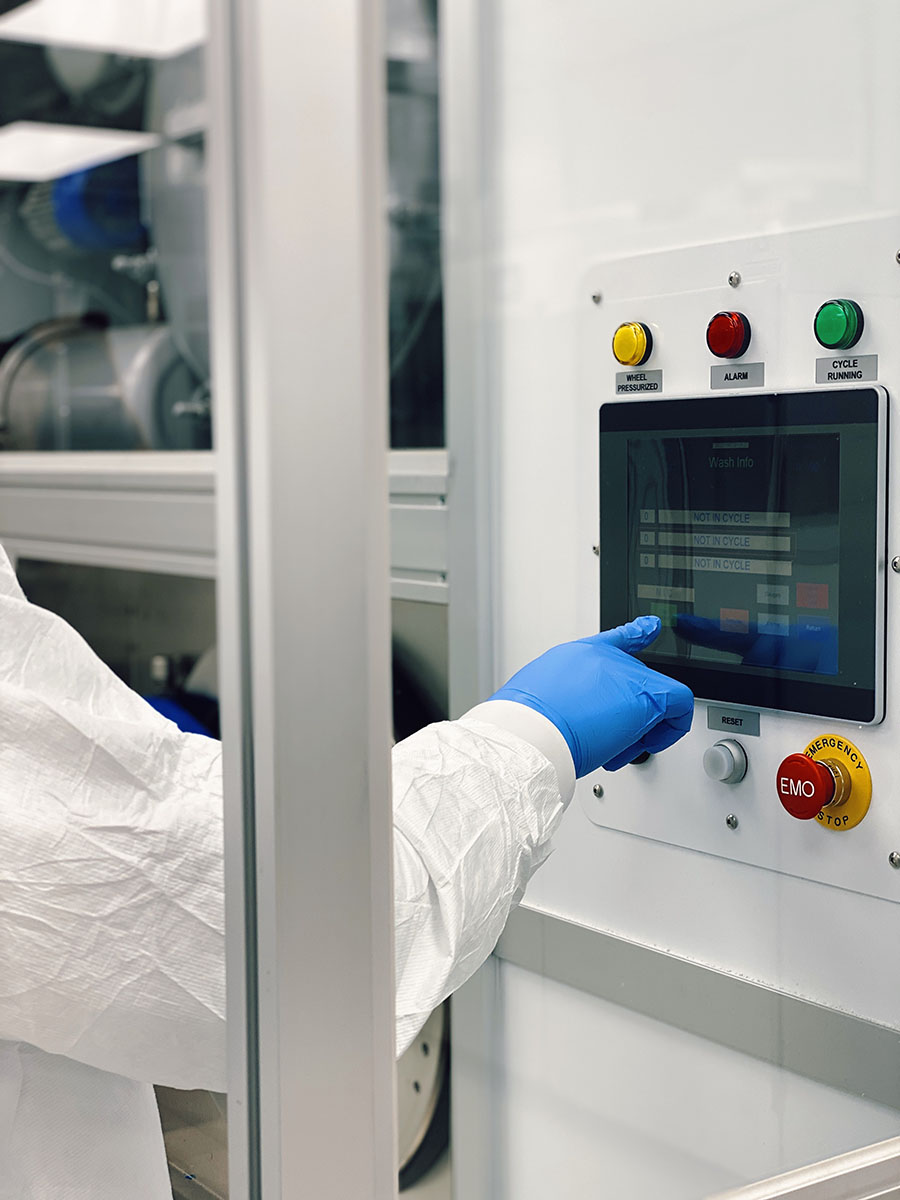By: Emergency Technical Decon Team
Firefighting is one of the most selfless professions, with men and women risking their lives daily to protect others. But beneath the bravery lies an invisible enemy—cancer. As studies have shown, firefighters face a significantly higher risk of developing cancer due to prolonged exposure to carcinogens found in smoke, soot, and contaminated gear. The cost of cancer is more than just financial—it takes a devastating toll on health, families, and entire communities.
The Reality of Cancer in Firefighters
The statistics are alarming. Research from the National Institute for Occupational Safety and Health (NIOSH) reveals that firefighters have a 9% increased risk of being diagnosed with cancer compared to the general population and a 14% higher risk of dying from cancer.
The cancers most commonly affecting firefighters include lung, prostate, colorectal, and mesothelioma. These are often linked to exposure to toxic substances such as polycyclic aromatic hydrocarbons (PAHs), benzene, and per- and polyfluoroalkyl substances (PFAS) during firefighting operations.
The Financial Toll of Cancer Treatment
Cancer treatment is one of the most expensive medical challenges in the United States. For firefighters and their families, the costs can be overwhelming:
- Average treatment costs: A single round of cancer treatment, including surgery, chemotherapy, and radiation, can range from $150,000 to $250,000, depending on the type and stage of cancer.
- Out-of-pocket expenses: Even with health insurance, families often face out-of-pocket costs exceeding $10,000 annually.
- Lost income: Many firefighters must leave the workforce during treatment, resulting in lost wages and long-term financial insecurity.
The Human Cost of Cancer
Beyond the financial burden, cancer robs firefighters and their families of time, health, and peace of mind:
- Loss of time with loved ones: Cancer treatment and recovery can consume years, leaving families struggling to maintain a sense of normalcy.
- Emotional toll: Spouses and children often serve as caregivers, facing stress and anxiety over the uncertain future of their loved ones.
- Shortened careers: A cancer diagnosis often forces firefighters to retire early, cutting short careers dedicated to service.
- Tragic loss of life: The ultimate cost of cancer is the lives it takes, leaving behind grieving families and communities.
The Crucial Role of Prevention
Preventing exposure to carcinogens is one of the most effective ways to reduce cancer risk among firefighters. Simple yet impactful habits can save lives:
- Regularly decontaminating gear: Firefighters should clean their turnout gear thoroughly and frequently to remove toxic residues.
- Showering immediately after incidents: Washing contaminants off the skin within an hour reduces absorption.
- Wearing clean gear: Avoid using contaminated gear during subsequent shifts to minimize repeated exposure.
- Maintaining clean equipment: Tools and vehicles should be cleaned regularly to prevent cross-contamination.
By adopting these preventive practices, firefighters can significantly lower their cancer risk and extend their careers and lives.
At Emergency Technical Decon, we are dedicated to helping firefighters fight back against cancer. Our advanced decontamination solutions, including Liquid CO2+ cleaning, provide a safe and effective way to remove carcinogens and harmful chemicals from turnout gear. Unlike traditional cleaning methods, our technology is designed to thoroughly clean gear without compromising its protective integrity.
Firefighters deserve every tool available to protect their health. At ETD, we are proud to stand with them in the fight against preventing cancer. Learn more about our solutions and how we can support your team at ETD’s website.



